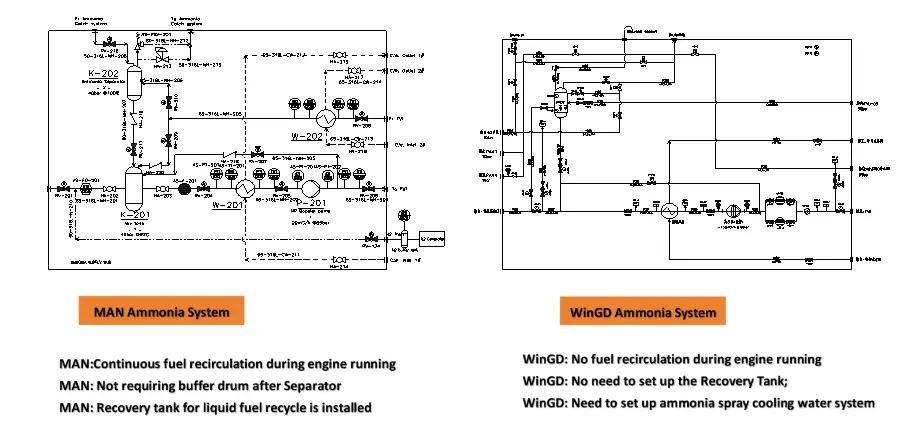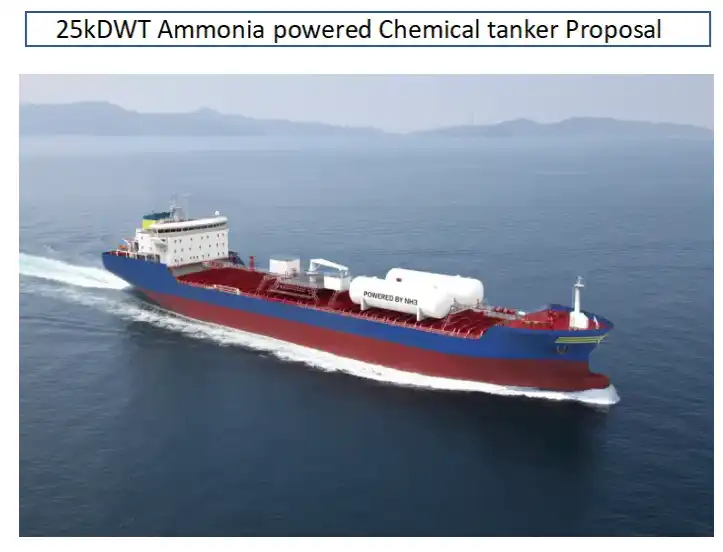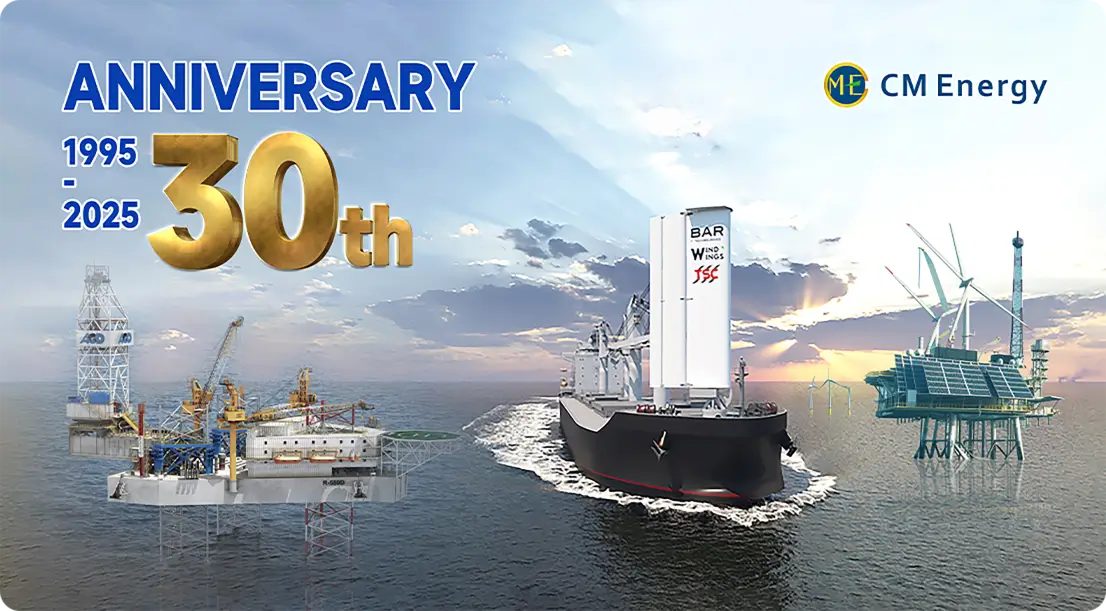Ammonia Fuel Injection Assembly
Overview of the Ammonia Fuel Injection Assembly
The Ammonia Fuel Injection Assembly comprises several vital components, including the filling and storage system, the Ammonia Fuel Supply System (AFSS), the Fuel Value Unit (FVU), the venting system, the Ammonia Release Management System (ARMS), the ventilation system, the inert gas system, the engine's internal ammonia fuel system, and the safety system. It is important to note that significant differences exist between the systems used by MAN and WinGD.

Why Choose Us?
1. Unrivaled Industry Expertise – With vast experience in designing and constructing dual-fuel vessels, liquefied gas carriers, chemical tankers, and their related systems, we have established ourselves as a leading player in the industry.
2. End-to-End Service Offering – Our comprehensive range of services includes solutions for Methanol Fuel Supply Systems (MFSS), LNG Fuel Supply Systems (FGSS), Ammonia Fuel Supply Systems (AFSS), and LPG Cargo Handling Systems (CHS), all provided under a single roof.
3. Proven Delivery Excellence – We have successfully completed 19 installations of clean fuel supply and cargo handling systems, building a reputation for quality and reliability.
4. Innovative AFSS Development – Leveraging our deep expertise in ammonia carrier construction and LPG system retrofits, we independently develop ammonia fuel supply systems while actively participating in zero-carbon research initiatives.
5. Holistic Lifecycle Support – From the design phase through manufacturing and final installation, we offer comprehensive support, extending to the construction of multiple units and robust post-sales service.
Product Specifications

Product Features
1. Safety and Efficiency – This system guarantees the safe and efficient bunkering and storage of ammonia, fully complying with low-flashpoint fuel regulations and specifically designed to meet IMO standards and the industry’s ammonia fuel requirements for marine applications.
2. Flow Control and Safety Features – The Ammonia Fuel Injection Assembly ensures precise control over ammonia flow, maintaining safe operation. Advanced safety mechanisms, such as leak detection, emergency shutdown systems, and integration with inert gas systems, are included.
3. Environmental Protection – Designed with a focus on minimizing environmental risks, the system captures and treats ammonia vapor, incorporating thermal oxidation or re-liquefaction systems for safe ammonia handling, particularly in low-pressure storage tanks.
4. Ventilation and Risk Mitigation – Adequate ventilation is ensured above-deck and in enclosed spaces, with inert gas solutions incorporated to reduce the risk of explosions in hazardous areas.
5. Pressure Control – The system features re-liquefaction or sub-cooling units alongside thermal oxidation systems to effectively manage ammonia vapor, ensuring safe pressure levels in low-pressure storage tanks.

Installation Process
1. Confirm Vessel Design – Begin by reviewing and confirming the vessel design drawings and the system’s interface requirements, ensuring that all technical clarifications are addressed during this phase.
2. Prepare for Installation – Ensure all necessary tools, equipment, and safety measures are ready before proceeding.
3. Transport Components – Transport the prefabricated fuel supply system module to the installation site using appropriate lifting equipment, ensuring precise positioning in the designated area.
4. Secure the Module – Secure the module's base to the ship’s structure, confirming stability and correct alignment as per the design specifications.
5. Connect the System – Connect transfer pipelines, auxiliary system piping, and control cables, ensuring all seals and electrical systems are functioning properly.
6. Debug the System – Perform individual and integrated debugging of the fuel supply system, verifying the operational performance of subsystems, such as bunkering, supply, and safety control functions.
For more product information about Ammonia Fuel Injection Assembly, please leave a message below.

